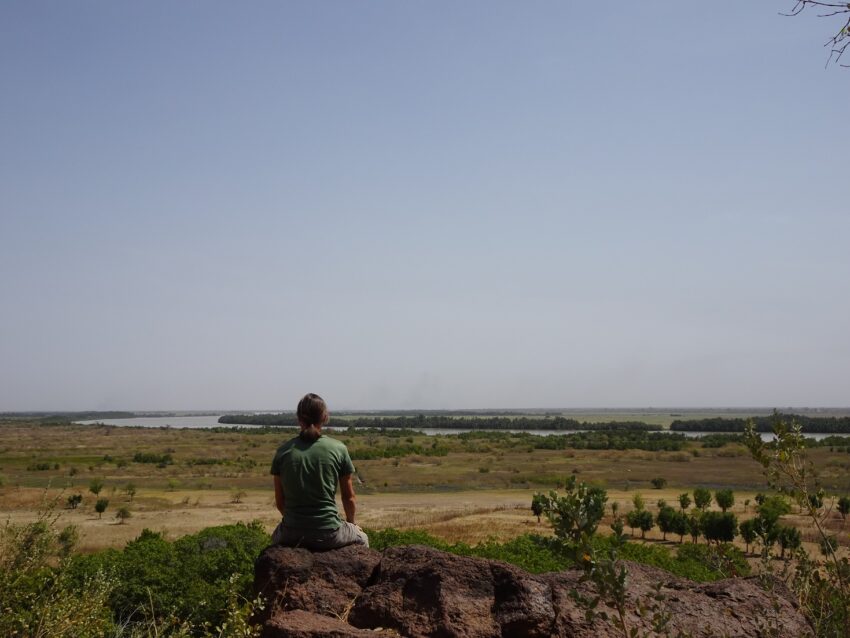Continental Africa’s smallest country might look tiny on a map, but let me assure you: there are tons of different things to see and do here. While checking out The Gambia’s many traces of colonial history, its pretty beaches and three awesome National Parks, I certainly didn’t get bored on my travels.
Most people visiting The Gambia seem to stick strictly to the coast, which you could explore in about a week, but if you want to travel upriver, you’ll need at least two weeks to do the country justice. Depending on your travel style, here are my suggested one- and two-week itineraries for The Gambia.
This post may contain affiliate links, and I might earn a small commission at no additional cost to you. For more info, click here.
Organized Tours of The Gambia
If you prefer to explore The Gambia without the hassle of sorting out your own transport, accommodation and wildlife permits, taking an organized tour might be the way to got for you. There are plenty of companies offering longer adventure and safari tours, most of them also taking in destinations in Senegal. Have a look below for some possible options.
Week One – Coastal Gambia
With one week in the country, you can easily explore the entire coastal region, which allows for trips to some interesting nature reserves, lots of pretty beaches, as well as the sleepy capital Banjul and the historic slave trade sites of Albreda and Juffureh.
Day 1: Kotu, Bakau and Cape Point
Most visitors to the country will likely base themselves in the coastal resorts to the West of Banjul, and I felt like exploring the area gave me a good first impression of the country, although I had to ward off the attentions of the ever-present bumsters touting their services.

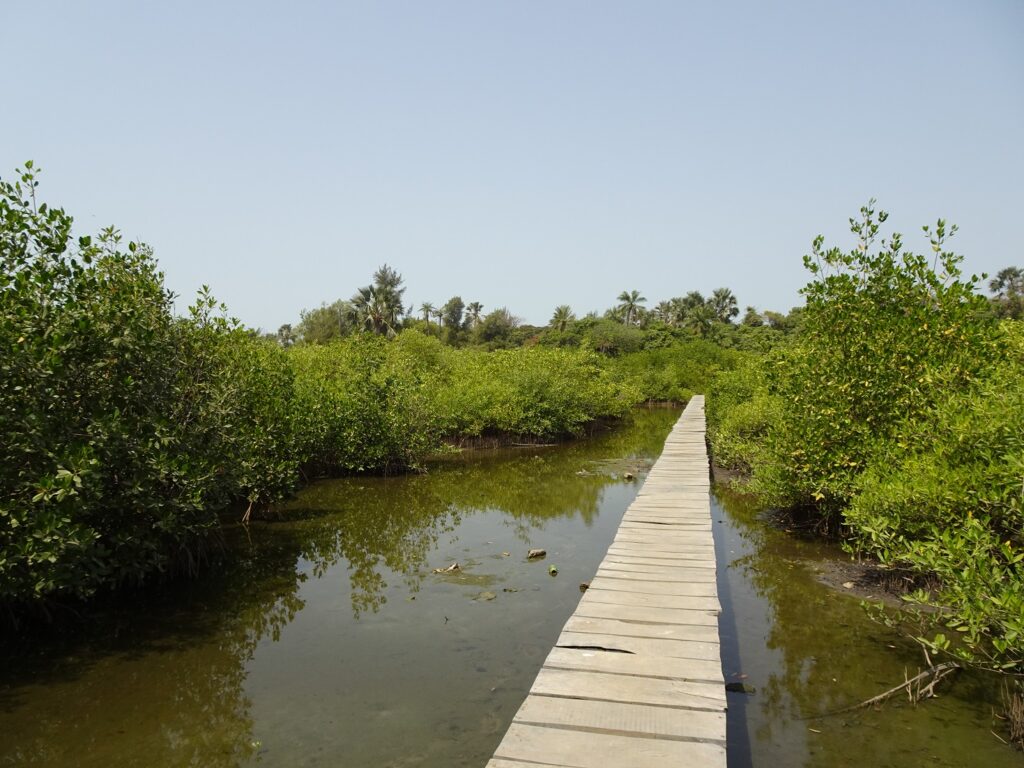

Both Cape Point and Kotu have nice (albeit quite populated) beaches and some pretty stretches of mangroves along Cape Creek and Kotu Stream, respectively. I met quite a few birdwatchers here, and especially Kotu has a good reputation in these circles.
Bakau, on the other hand has a cute little Botanical Garden and an interesting fishing beach, were you can have a look at the very colourful boats, once the fishermen have returned to the shore in the late afternoon.
If you’re a fan of more unusual sights, you should head to Kachikally Crocodile Pool in Bakau, which, while it is a bit of a tourist trap, is also a genuine sacred place still visited for fertility rituals. It’s probably also one of very few places in the world, where you’re allowed (encouraged, actually) to touch the crocodiles and will come away with all your limbs still attached.

Kotu Hotel Tips
Budget: Boli Boli Guesthouse
Midrange: Kunta Kinteh Beach Complex
Luxury: Tamala Beach Resort (pictured)
.
Day 2: Abuko and Serekunda
Abuko Nature Reserve is one of the easiest wildlife spots to reach from the coast. It’s small, but dense, with a mix of forest and wetland that makes it a prime place for spotting birds and monkeys (both Red Colobus and Green Monkeys), of which I saw plenty. While exploring the area, I also spotted some crocodiles in the pond behind the information centre.
Something else I found interesting in the area, was the nearby Abuko Livestock Market, where an insane amount of cows and goats were being sold and bought.
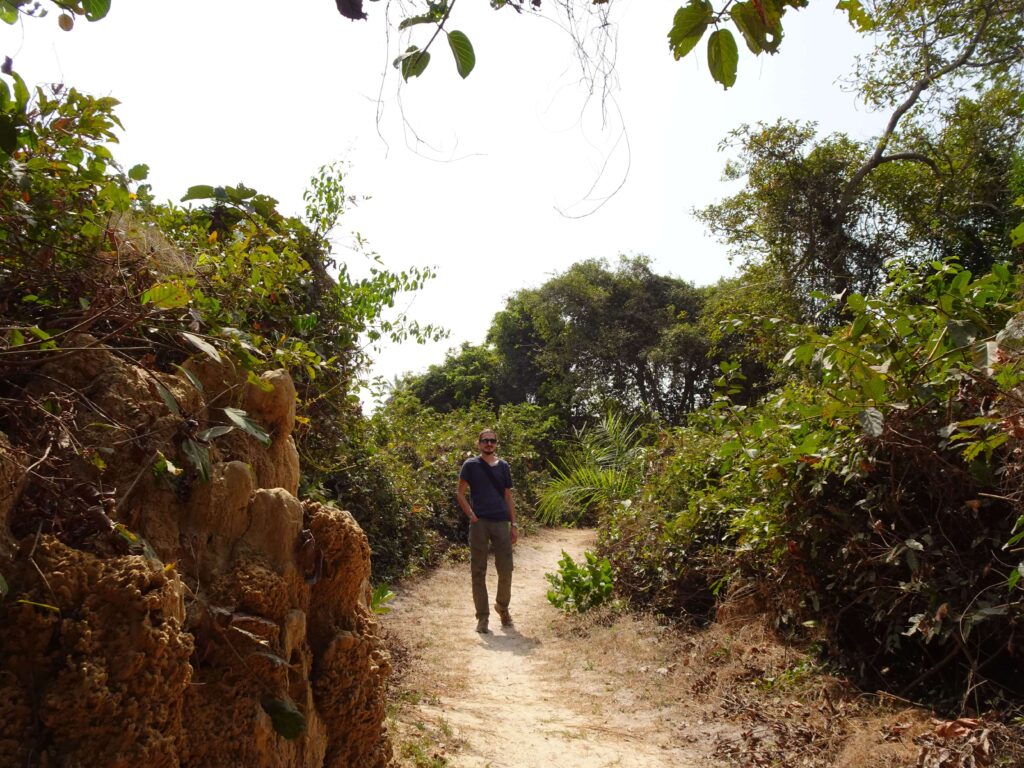

Nearby Serekunda is The Gambia’s biggest (and frankly most tumultuous) city, and compared to sleepy Banjul, felt much more like the urban Africa I had experienced in other countries, with crowded streets, honking minibuses, and the ever-present scent of grilled meat and exhaust fumes.
The huge market here is known all over the country, and probalby the only must-see sight in Serekunda. It’s a fascinating place full of narrow alleys packed with stalls selling everything from second-hand clothes to huge slabs of dried fish, women balancing baskets on their heads, and shopkeepers calling out in rapid-fire Wolof and Mandinka.
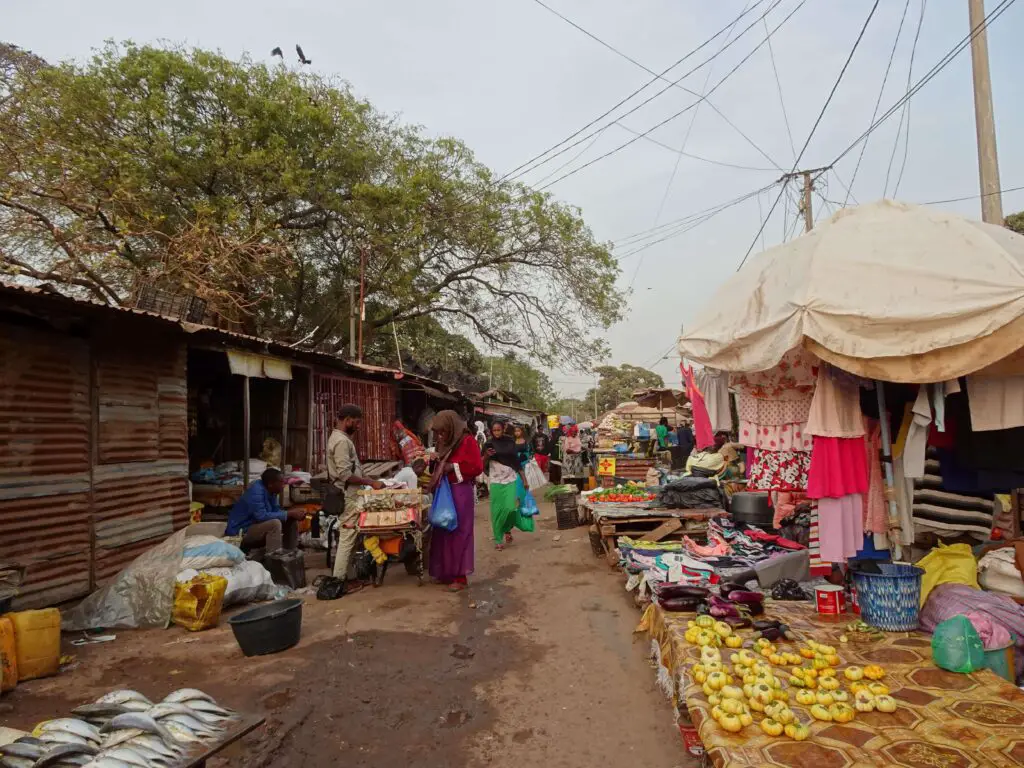
It’s for sure the most chaotic market I came across in the country (although not on the trip – that distinction would go to the Diaoube Lumo in Senegal), and I guess whether you’ll enjoy the bustle or be overwhelmed by it entirely depends on your tolerance for crowds, noise and smells (mine is pretty high, but even I had to leave after half an hour or so).
Other places worth checking out in the area are the Batik Factory in the backalleys north of the market, as well as the so-called ‘Big Tree’, a massive Cottonwood Tree, which according to a local I chatted with, is inhabited by a powerful devil. Spirit or no – It’s definitely an impressive sight.

Day 3: Banjul
I wasn’t sure what to expect from Banjul. As the capital, I figured it would be busy and packed with things to do. Instead, it felt more like a small, sleepy town that had somehow fallen out of time. Which, to be honest, made it all the more attractive to me.
Thanks to the laid-back vibe, Banjul is a great place to explore on foot, and while there are no must-see sights, there are still some spots worth checking out. Foremost among these is Arch 22, the big monument at the western edge of town, offering some nice views over the city.


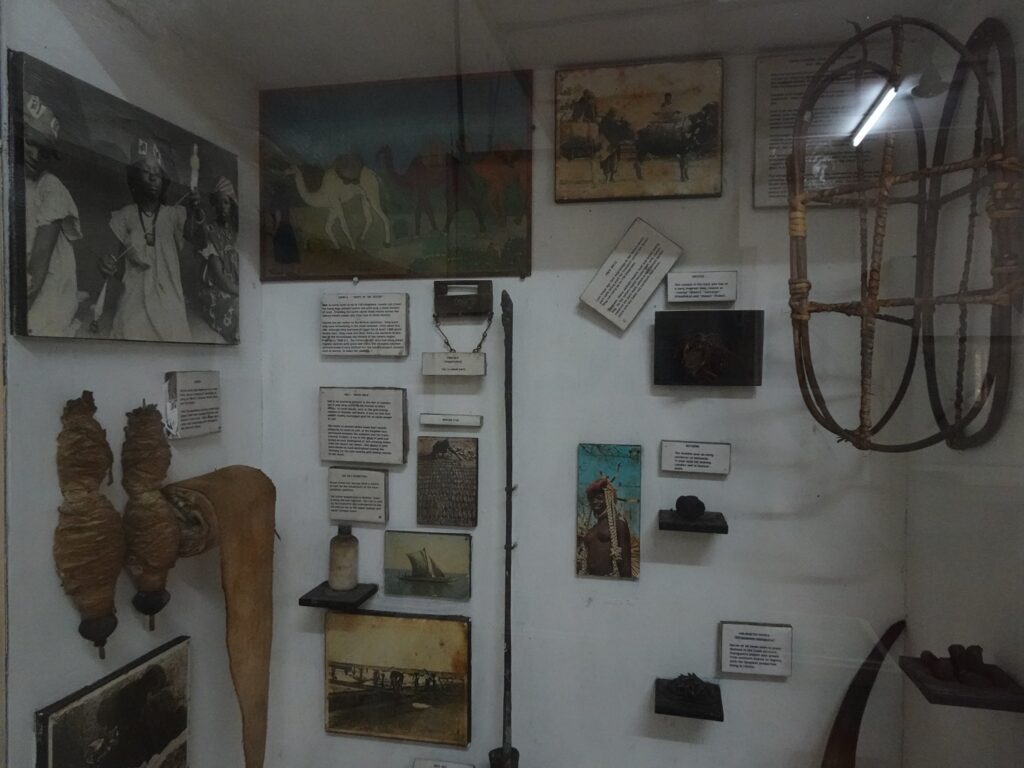
My favourite destination in the city was the National Museum. It’s a bit crammed and the displays are quite dusty, but I really liked the extensive exhibits on Gambian culture, history, and especially archaeology (including lots of information on the Megalithic Stone Circles).
Other worthwhile stops include the large King Fahad Mosque, the Anglican St. Mary’s Cathedral and the sprawling Albert Market, which is only slightly less chaotic than the market in Serekunda. Finally, you’ll find a few good restaurants around the ferry terminus, where you can try local foods like Yassa and Domoda.
See Also: How to Spend a Great Half Day in Banjul, The Gambia’s Sleepy Capital
Day 4: Niumi NP / Jinack Island
If you want to disappear for a couple of days, Jinack Island in Niumi National Park near the northern border with Senegal is the place.
Getting there wasn’t exactly easy, but once I arrived, this quickly became one of my favourite spots in the country. No crowds, no resorts, no Wi-Fi – just empty beaches, tiny villages and picturesque marijuana plantations.
Yep, you read that right. While weed is illegal in the country, law enforcement officers don’t dare to step foot on the island, as they believe they’ll get cursed if they interfere. Still, due to the legal status, I highly recommend declining all potential offers and sticking to admiring the giant mountains of green drying in the sun.

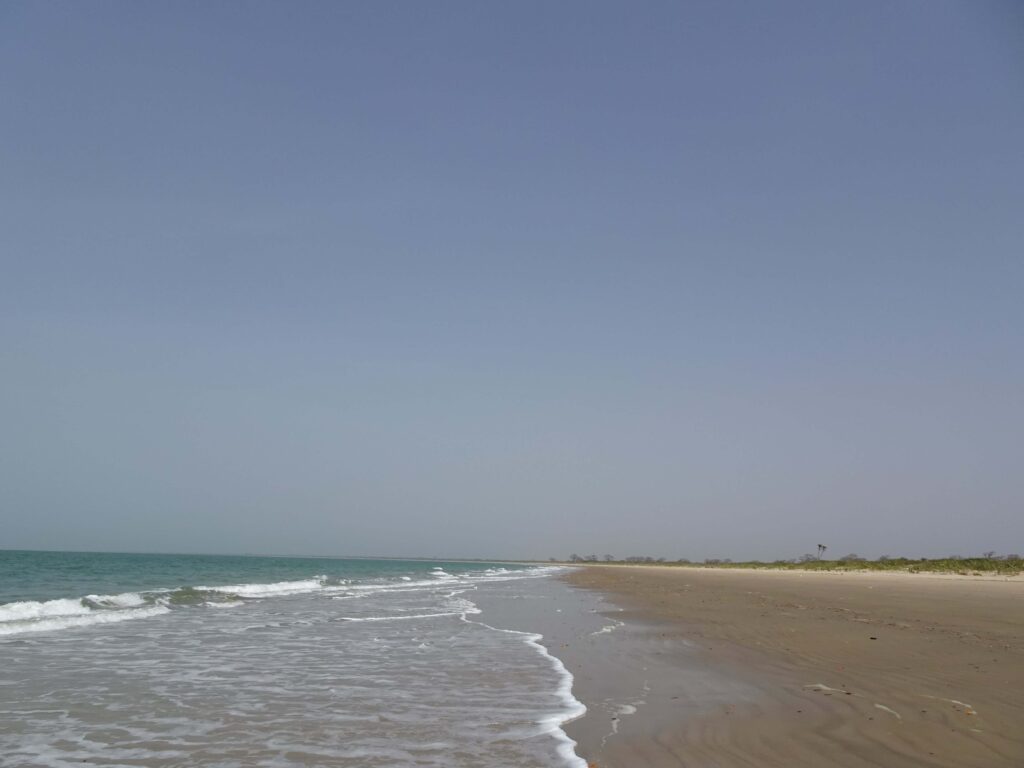
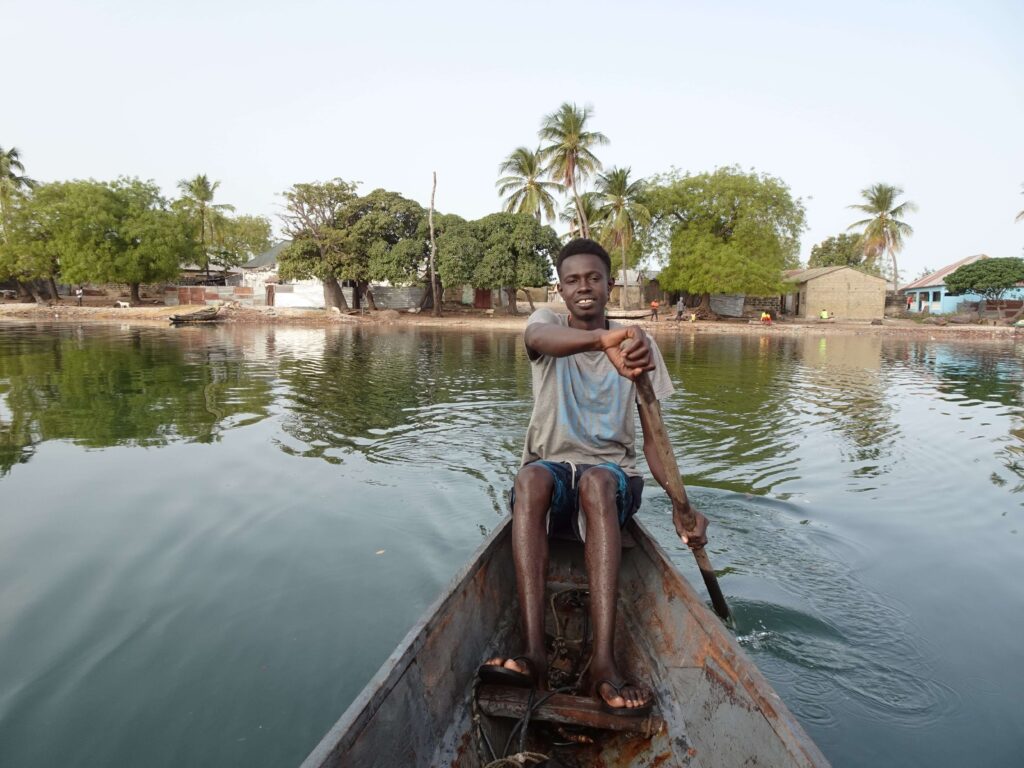
Apart from that, the beach is the main attraction on the island and the best way to reach the two Ecolodges in the northern part of the island is to walk up the 8 or 9km of beach from Barra, which in turn can be reached by taking the somewhat unreliable ferry from Banjul.
In Barra, there are some entrepreneurial teens who’ll gladly stake you across the small bolong (creek) separating the island from the mainland for a few dalasi. Once I had my fill of desert island paradise, I hired a guy to row me across the northern part of the bolong and hiked back in the mainland part of the National Park, where birds and monkeys were my only companions.
If the idea of reaching the lodges by foot seems daunting, you can hire a motorcycle taxi from Barra or ask Feel Free Eco Lodge to provide some transport by boat.

Day 5: Juffureh, Albreda and Kunta Kinteh Island
First, make your way back to Barra, either down the beach or on the mainland (see above), and then take a shared taxi or Gelly-Gelly to Juffureh and Albreda, two small UNESCO-listed villages deeply tied to the history of the transatlantic slave trade.
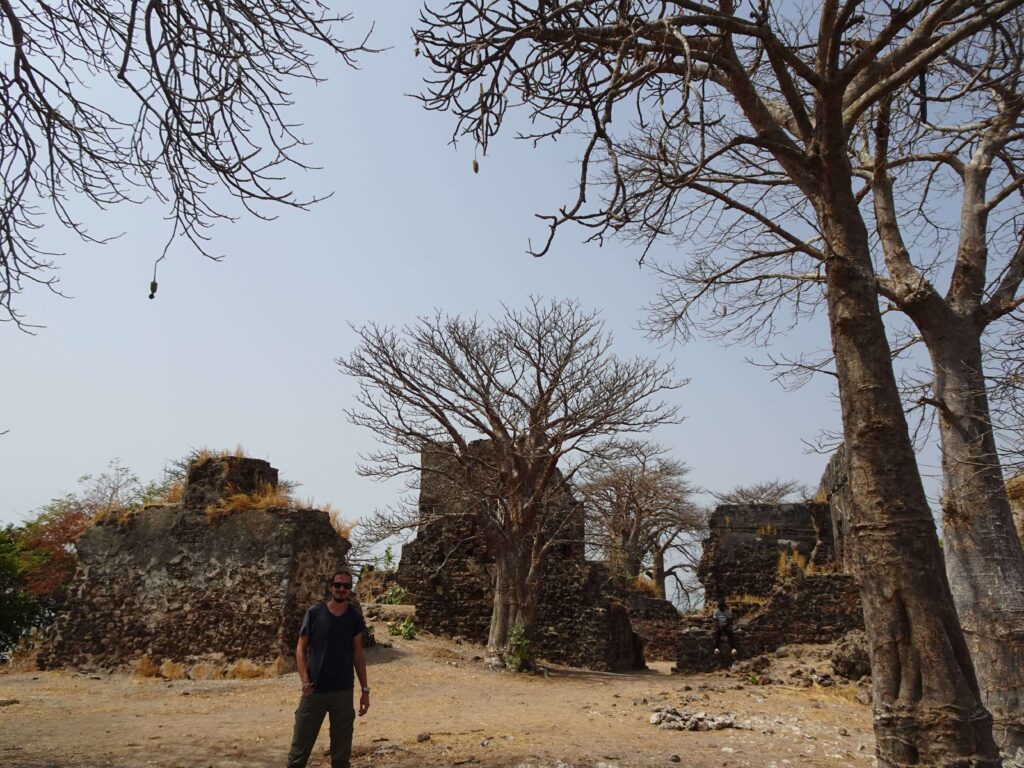
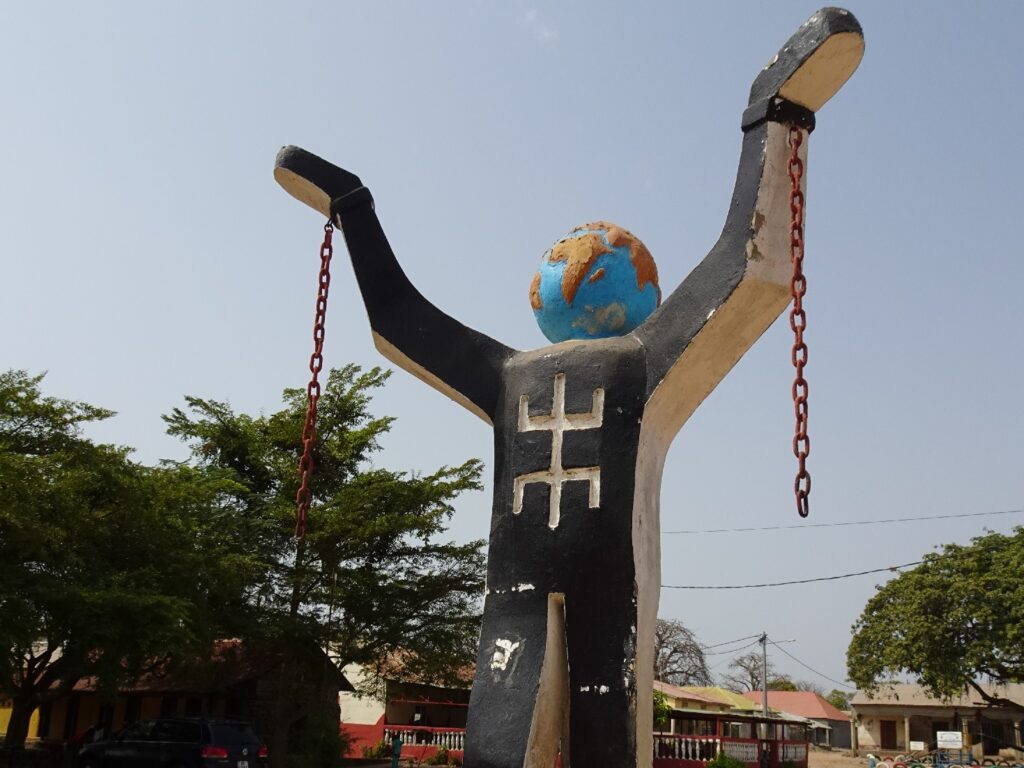
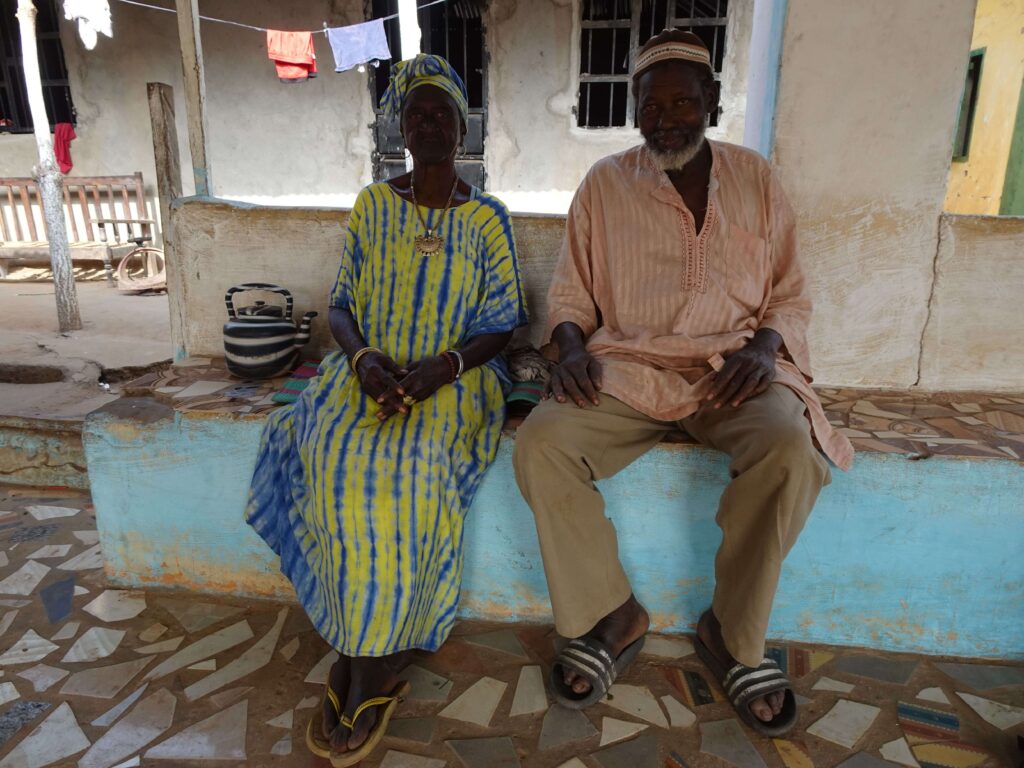
This is the area where Kunta Kinteh – of Roots fame – was captured and taken to the Americas. The small slavery museum in Albreda gives a sobering look at this dark period of history, while the ruins of the old slave fort sitting quietly in the middle of the river on Kunta Kinteh Island can be explored after a short boat trip.
One of my favourite encounters in this area was at a family compound in Juffureh, where you can actually meet an elderly lady who is said to be a descendant of Kunta Kinteh (and the daughter of the woman who told their shared family history to Alex Haley), who will show you pictures of Haley’s visits and answer your questions (although you’ll have to ask around for someone speaking English Wollof).
Day 6: Kololi, Bijilo and Tanji
After making your way back to the south bank of the river, continue exploring the Kombos. A short ride west from Kota, Bijilo Forest Park (mostly referred to as Monkey Park) is a fun way to start the day. As soon as I stepped inside the small nature reserve, I was surrounded by playful Green Monkeys and somewhat quieter Red Colobus Monkeys.
Unfortunately, the reason that the monkeys so freely approach people, is that a lot of tourists feed them with bananas and peanuts – a terrible behaviour that I even saw encouraged by some of the guides. It’s really bad for the animals that will get dependent on it, so whatever you do – please don’t feed the monkeys!
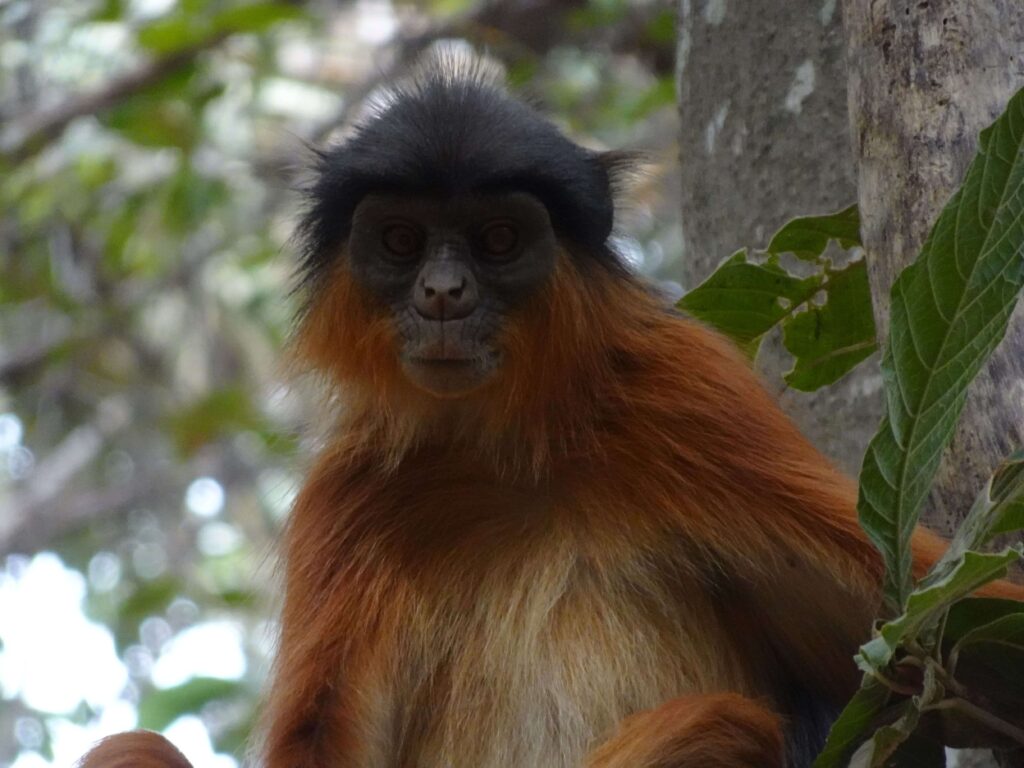
The nearby Senegambia Strip is the most popular tourist centre in the country, full of luxury resorts and Westernized restaurants. I only walked across it once, and didn’t really care for it, but if you’re looking for some comfort food or other travellers to chat with, this would be the place to go.
Further south-west down the coast and reached by a short gelly-gelly or bush taxi trip is Tanji, a town that is home to a big lively fishing beach, a small private museum which has a reconstruction of a traditional Mandinka village and the pretty little Tanji Bird Reserve.
Day 7: Kartong
Compared to the busy beaches around Kololi, Kartong felt like a breath of fresh air. Sitting right on the southern border with Senegal, this little fishing village has none of the tourist crowds and all of the laid-back charm I hoped to find on the Gambian coast.
Getting there is easy enough – just take a shared taxi from Serekunda to Gunjur and another from there to Kartong. That said, public transport in Africa is never particularly comfortable and by the time I arrived, I was more than ready to just relax and do nothing for a bit. And that’s exactly what Kartong is perfect for.
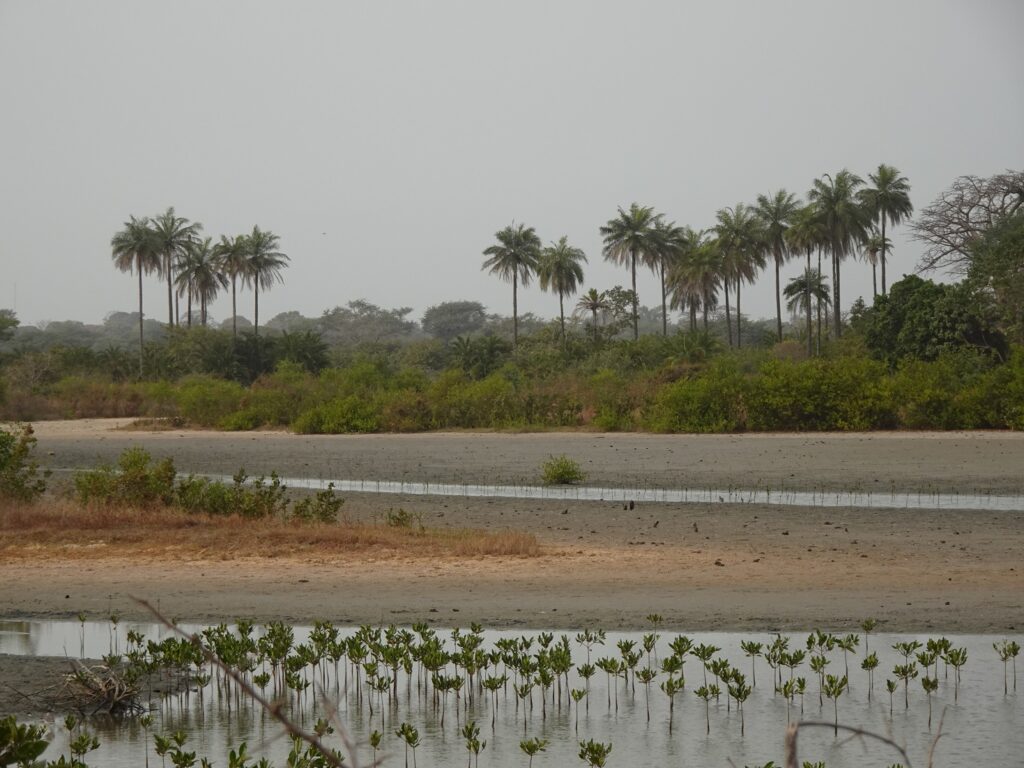
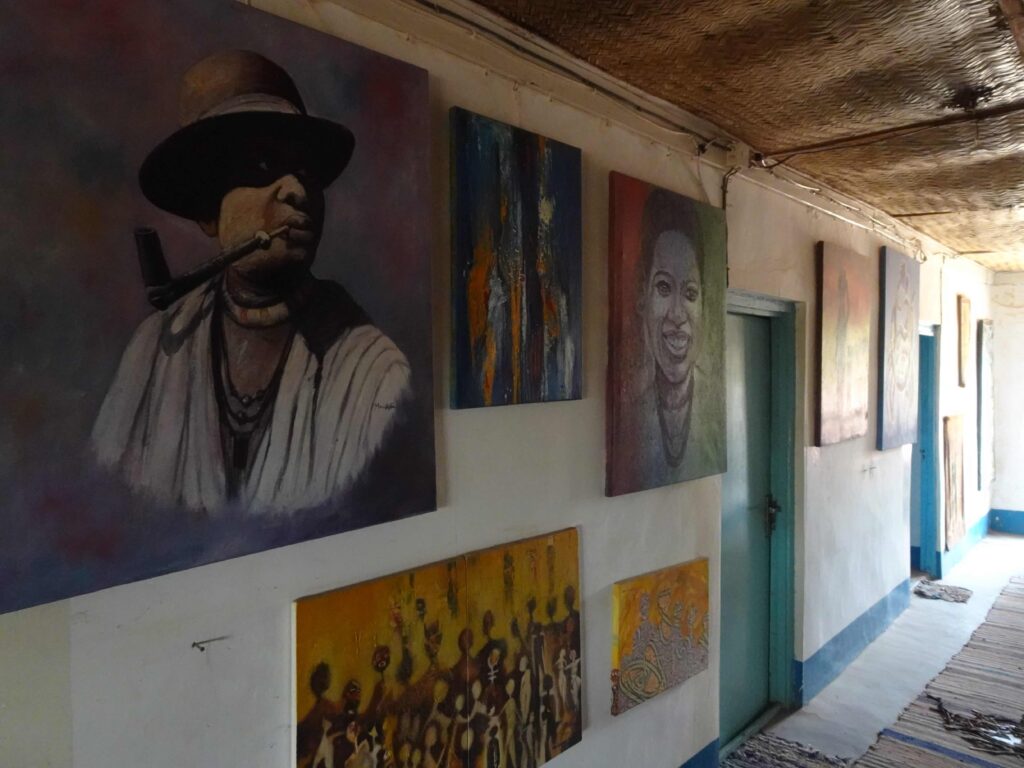
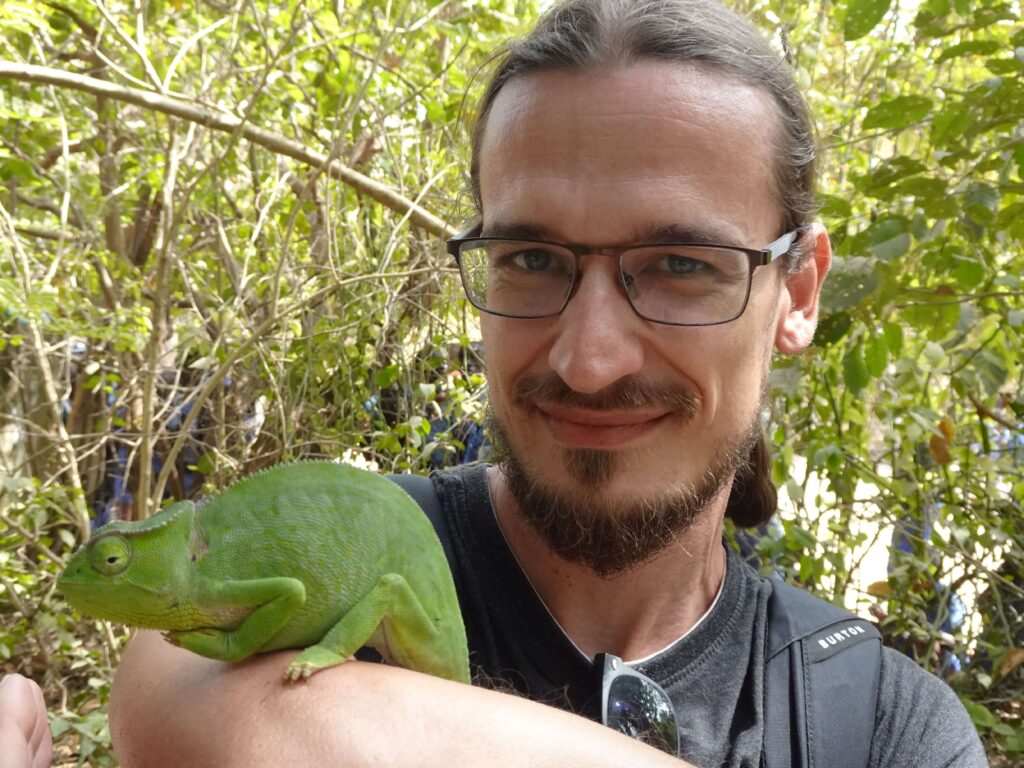
The beach stretches for miles, completely empty aside from a few fishermen, and the Atlantic waves are stronger here, giving it a more untamed feel compared to Kololi’s resort beaches. Still, I found some cool places worth checking out.
One of these is Kartong Reptile Farm, where injured snakes and lizards are nursed back to health and visitors are educated about the animal’s importance in the local ecosystem. Another spot in town that I liked was the small Lemonfish Art Gallery, which displays paintings by Gambian artists.
Finally, if you’re looking for a great spot for a drink, I can recommend the area around the Allahein River, which forms the border to Senegal. Here, you can sit down on the terace of Dodo’s Riverside Restaurant surrounded by Pelicans, while watching the sun disappear behind rows of brightly-painted fishing boats.

.
Week Two – Upriver Gambia
If you have two weeks to explore the country, you should definitely head upriver to see a very different side of The Gambia. For me, the main highlights in the area included visiting the Chimpanzees in River Gambia National Park, taking a boat trip of the Bao Bolong Reserve and visiting the Megalithic Stone Circles of Wassu and Kerr Batch.
To get some transport upriver, you’ll have to first make your way to Brikama and then take a GTSC bus, gelly-gelly or bush taxi east along the South Bank Road. If you plan on stopping in Tendaba Camp first, you’ll have to get off at Kwinella and ideally arrange a pick-up with the people at the camp.
Day 8 and 9 – Tendaba Camp, Kiang West NP and Bao Bolong Reserve
Tendaba Camp seems to have achieved a semi-legendary status among Gambians, as loads of people told me how much they love the place. While the bungalows are rather simple, the camp’s location right by the Gambia River is amazing and it’s a great base for day trips into the nearby protected areas. You can organize trips to these with the people running the camp.
Something almost everyone does here is to take a boat trip into Bao Bolong Wetland Reserve across the river. Drifting through the labyrinth of mangroves, in the morning or evening, you’ll be surrounded by hundreds of birds. On my morning tour, I spotted countless pelicans, egrets, herons and kingfishers as well as some yellow-billed storks, bee-eaters and Osprey plus the occasional crocodile lazing in the sun.
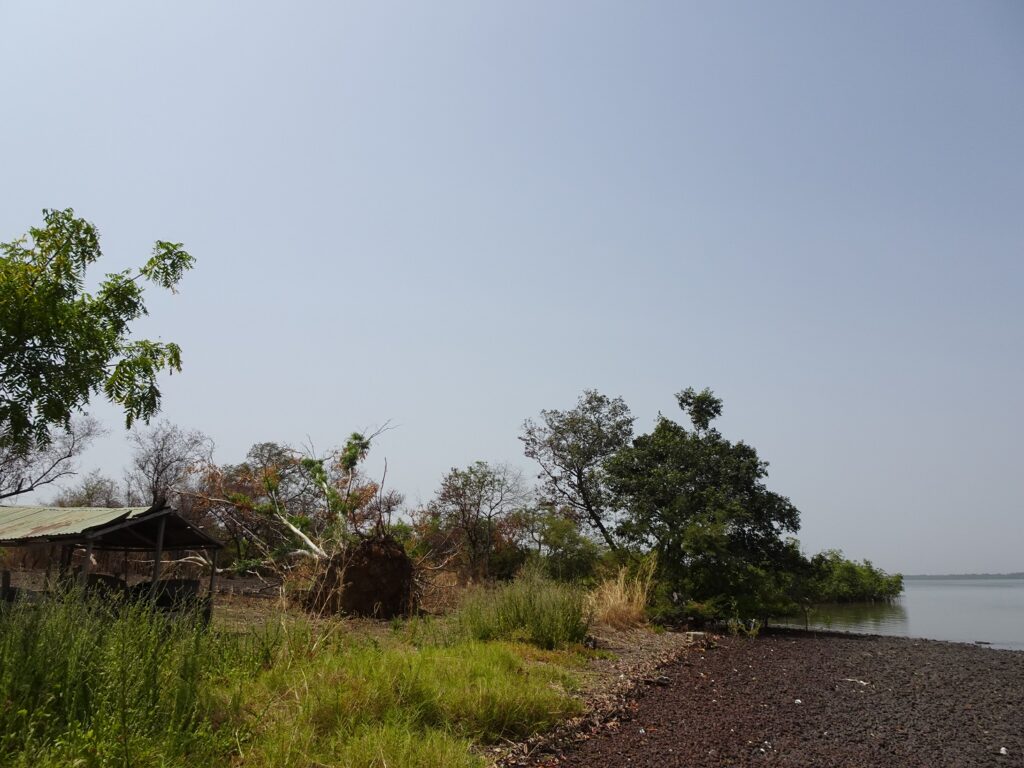
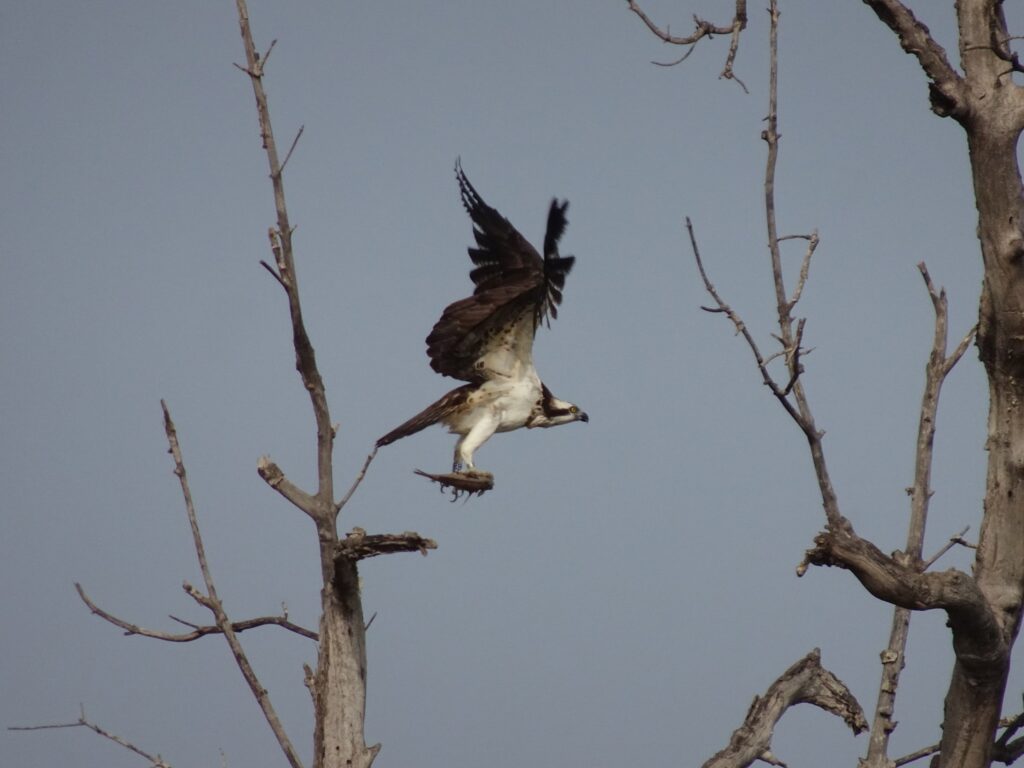
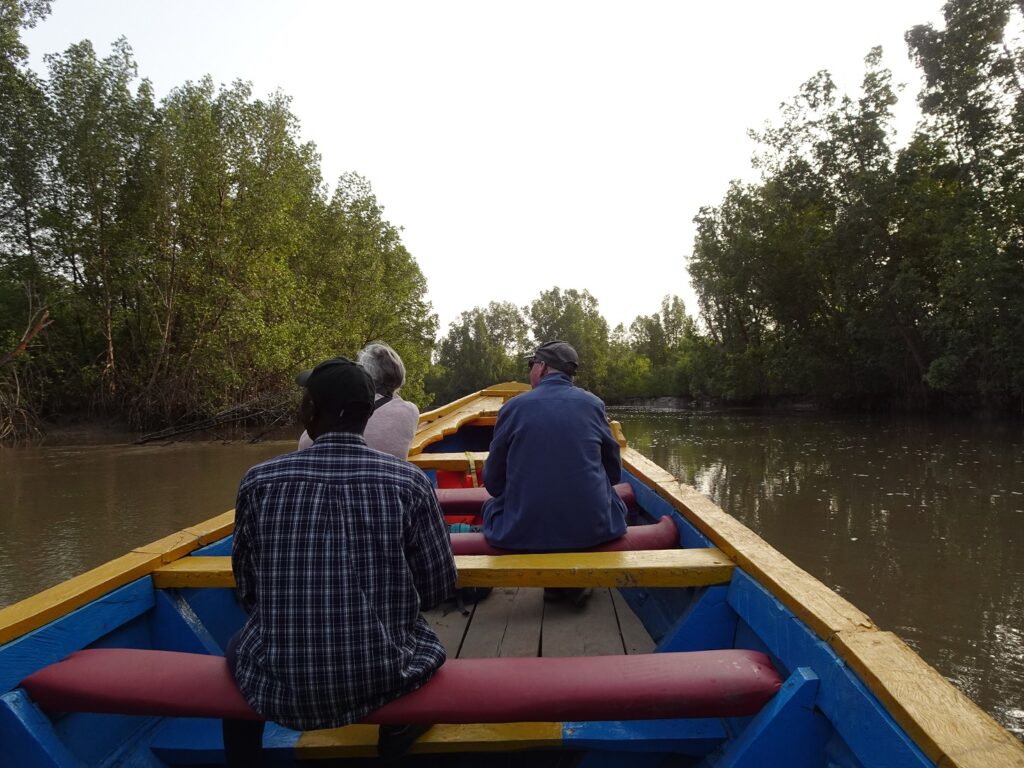
Far fewer people seem to visit Kiang West National Park, which protects a large slice of Guinea Savannah, with some patches of forest in between. Especially in the dry season, the few water holes in the park are a good place to spot some wildlife and I managed to see a few large groups of baboons and some Red Colobus Monkeys in the area.
There are also some nice viewpoints over the Gambia River in the park. The more impressive one is Kolongding Viewpoint, which sits on a Laterite Cliff overlooking the river. Another nice spot (this time right by the river) is Toubab Kollon, where there used to be an old Portuguese Trade Post – although I couldn’t find any traces of that.
Day 10: Soma and Farafenni
These two dusty transit towns lie to the South and North of the Gambia River, respectively and while there’s not a lot to see, apart from the lively produce markets, they make a good base to explore some minor sights in the surrounding areas. Farafenni is the slightly (!) more attractive town and also has the last ATMs before Basse Santa Su, so make sure to get all the cash you need here for the next few days.
For me, the most interesting place in the area was Toniataba Village west of Soma, where I checked out their murubungu round house. It’s a place, where the local marabout (holy man) goes to pray for members of his community and its been protected by his family for seven generations.
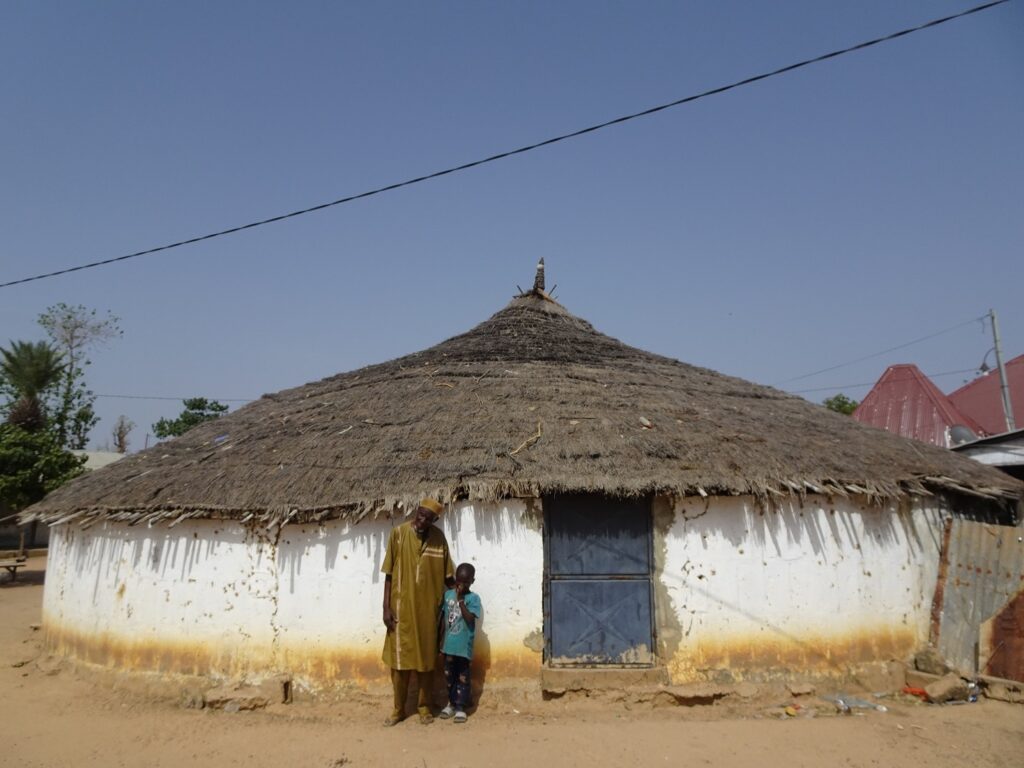
To be allowed to visit it, you first need to pay your respect to the Alkalo (the Village Elder), ideally by gifting him some kola nuts (I bought a bag for 50 Dalasi at Soma Market). After doing that, I was invited into the marabout’s house, where he and his brothers answered all my questions about the unique place and their interesting family history over a glass of attaya (green tea).
You’re not allowed to visit the inside of the house (only the marabout is), but the whole process was so unique and interesting to me that it quickly became one of my favourite experiences in the country.
Other low-key sights in the area are the ruins of some old colonial buildings in Mansa Konko, north of Soma and the overgrown foundational walls of a 19th century Wolof Fort north of Kataba village to the east of Farafenni (although I admit that these might only have been interesting for me as an archaeologist).
Finally, there are some pretty wetlands around the shores of the river and between Soma and Toniataba Village, which probably also make for some good birding spots, if that’s something you’re interested in.

.
Day 11: River Gambia National Park
This national park protects four islands in the Gambia River, where chimpanzees are being reintroduced into the country since the 1970s. There are two ways of seeing the chips on a boat tour from the river. You can either make your way to Kuntaur and organize a private boat from there or stay at the Chimpanzee Rehabilitation Camp inside the park and take an official boat tour with them.
The latter option is only possible on Saturday and Sunday, as the camp is closed during the week. It’s also more expensive, but in my opinion absolutely worth it. The CRP boats have exclusive access to the sections of the river where chimps are most likely to be spotted (we saw quite a few) and Janis Carter, who runs the project had some utterly fascinating stories about the time she was living alone with the chimps on one of the islands.
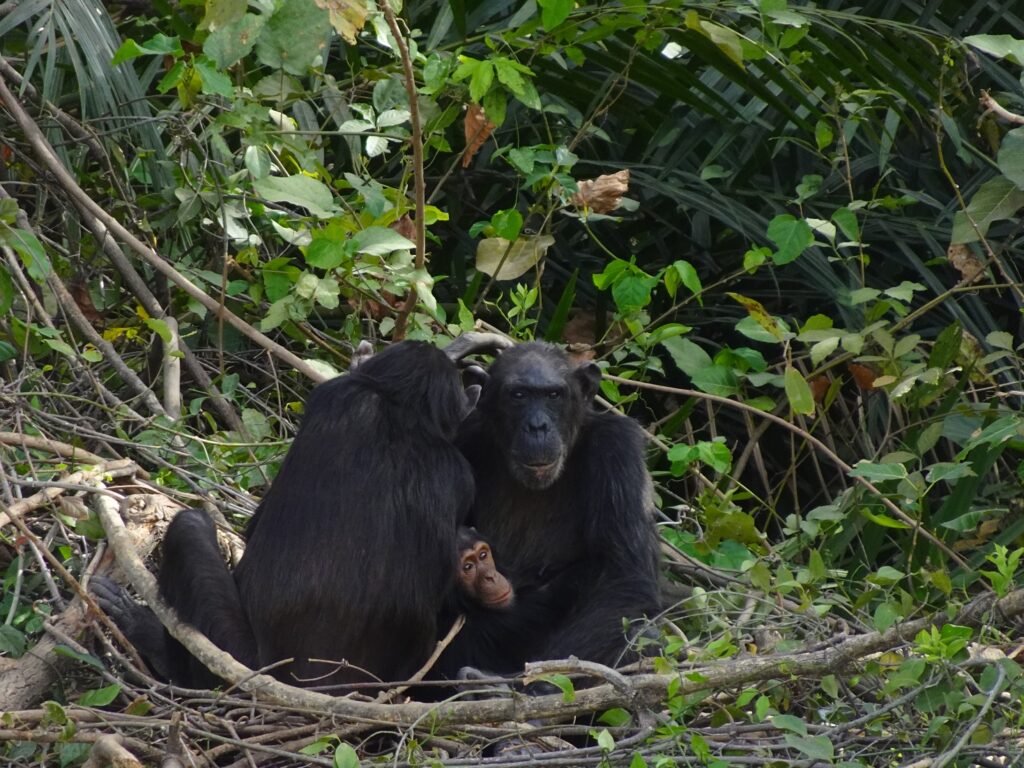
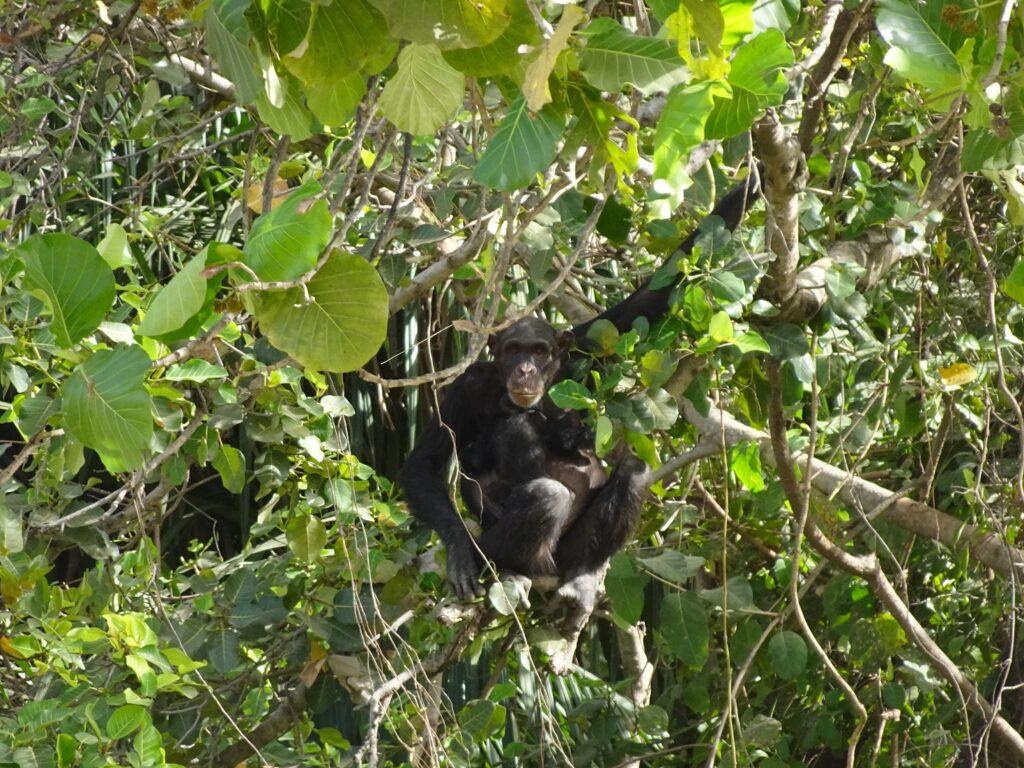
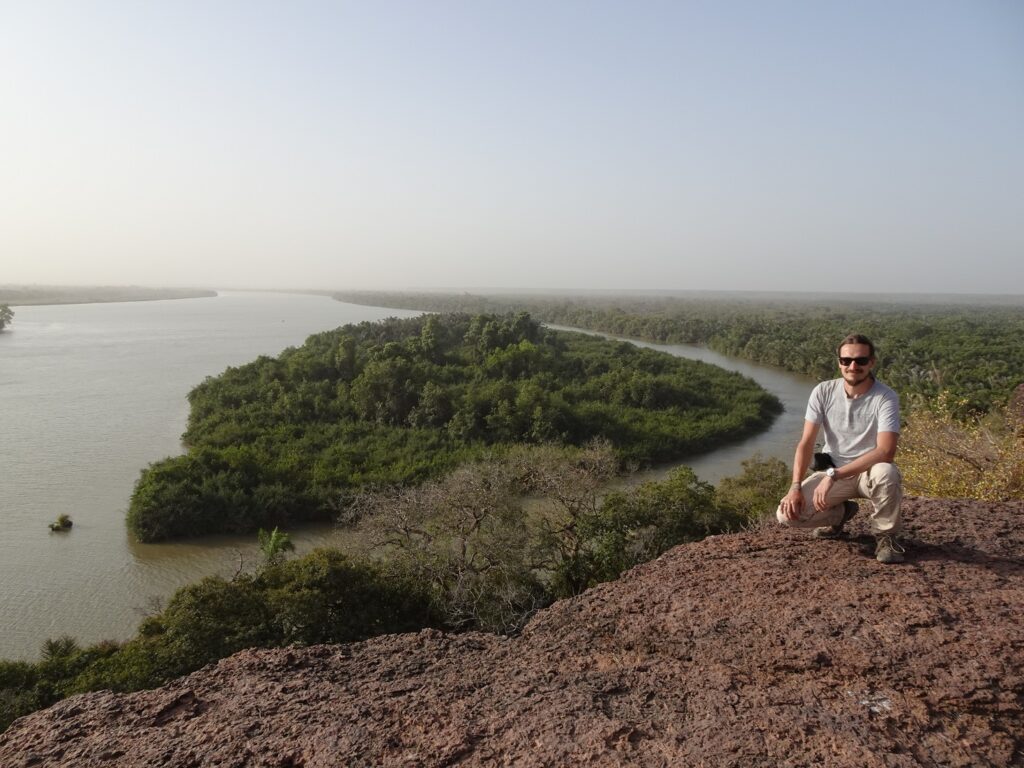
The camp also offers a complimentary guided night walk, where you can look for bush babies (we spotted a few from afar) as well as a paid morning boat tour to Sama Boi Konko Cliff, from where you have a great view over the River and some of its islands.
There are a few other conservation projects in the area that I found well-worth checking out, including the Red Colobus Project, which monitors the eponomous monkeys and the Gambia Horse and Donkey Trust, that takes care of sick or hurt equines.
See Also: Chimpanzee-Spotting and Other Cool Things to Do in River Gambia National Park
Day 12: Janjanbureh and Around
Janjanbureh (formerly known as Georgetown) is one of The Gambia’s oldest towns, and while it’s a bit rough around the edges, it has a fascinating history. Set on MacCarthy Island in the middle of the Gambia River, it was once a key outpost for British traders and colonial officials.
Today, it’s a sleepy little town where life moves at a slow, unhurried pace with a few minor attractions, including a small museum dedicated to the regional kankurang (initiation rites) and some traces from the colonial rule, including a Methodist Church and an overgrown colonial cemetery west of town.
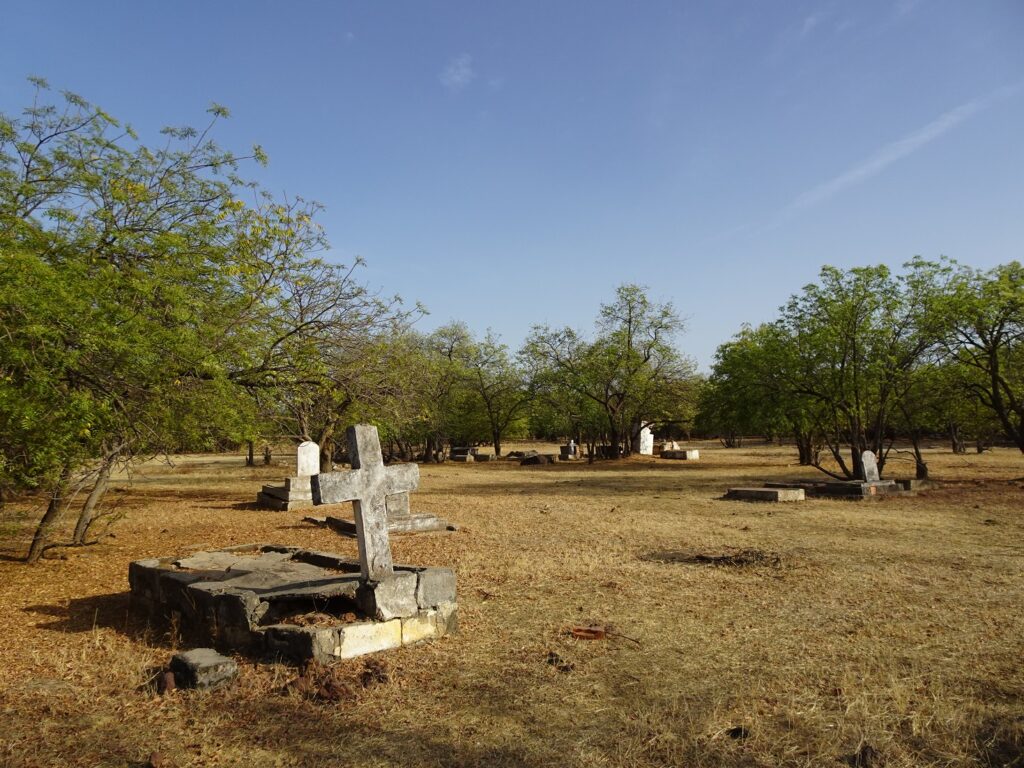
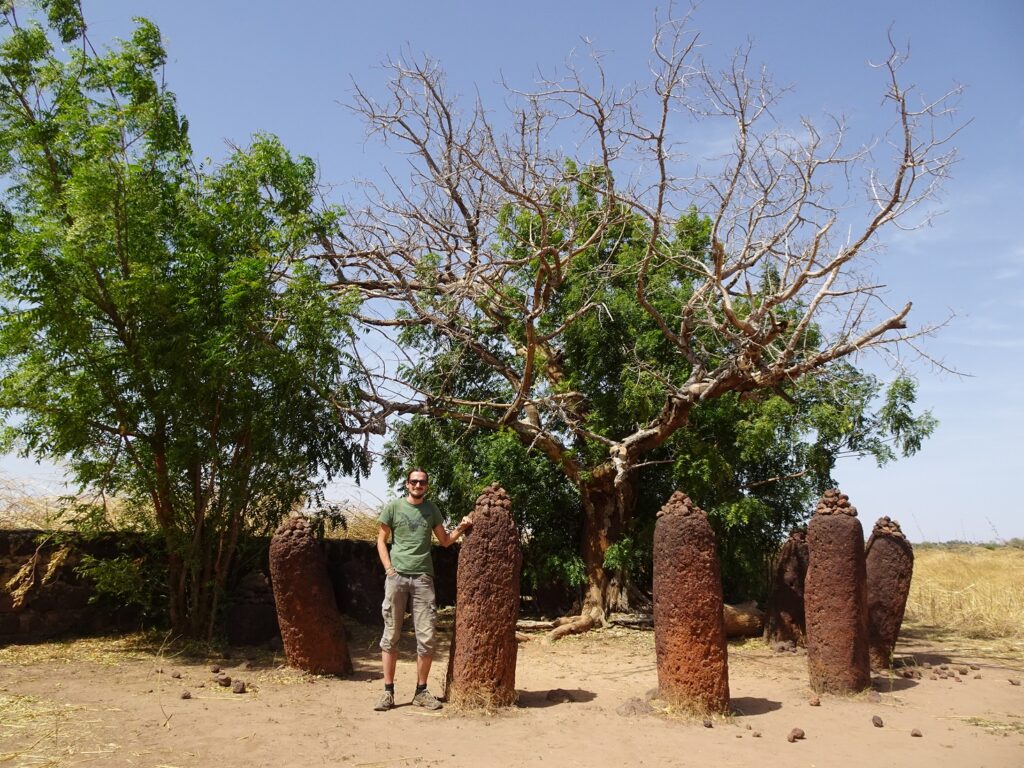

Janjanbureh also makes for a good base for half-day trips in the surrounding countryside. As an archaeologist, the main attraction for me were the megalithic stone circles at Wassu on the north bank of the river, which are part of the Senegambian stone circles UNESCO World Heritage Site.
Other low-key attractions in the area that I enjoyed where Kunkilling Forest Park and the tomb of Mussa Molloh, the last King of the Fulado Kingdom, both of which can be found near Kesereh Village east of Janjanbureh on the south bank of the river and the Memorial Obelisk for Scottish explorer Mungo Park near Karantaba Tenda on the north bank.

.
Day 13: Basse Santa Su
According to locals, Basse Santa Su is as far east as most travelers get in The Gambia, and even then, only a handful make it this far (I hardly saw any other white people around). Basse is a lively, scrappy little town, with a surprisingly large market packed with goods from across the region.
It also has a somewhat cosmopolitan feel (Well Cosmopolitan West African, that is) and on my two days here I talked to expats from Guinea, Mauritania and Sierra Leone. If you’re in the area on a Monday, I recommend getting a gelly-gelly to Sare Ngai near the Senegalese border, to visit the lumo (weekly market).
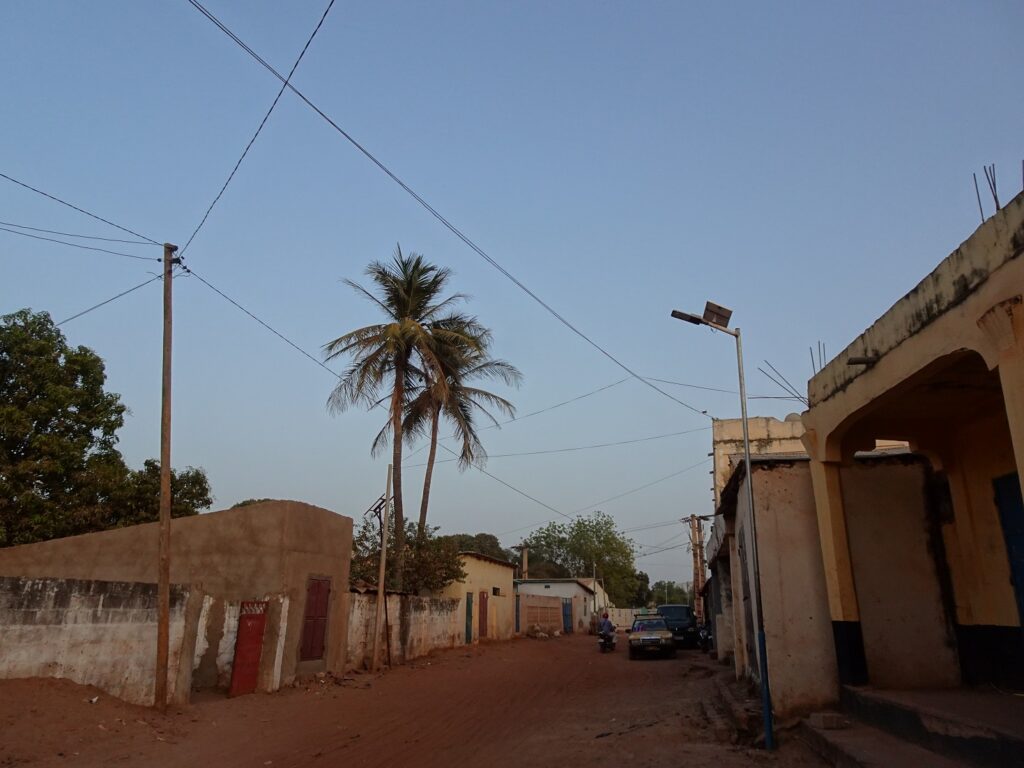
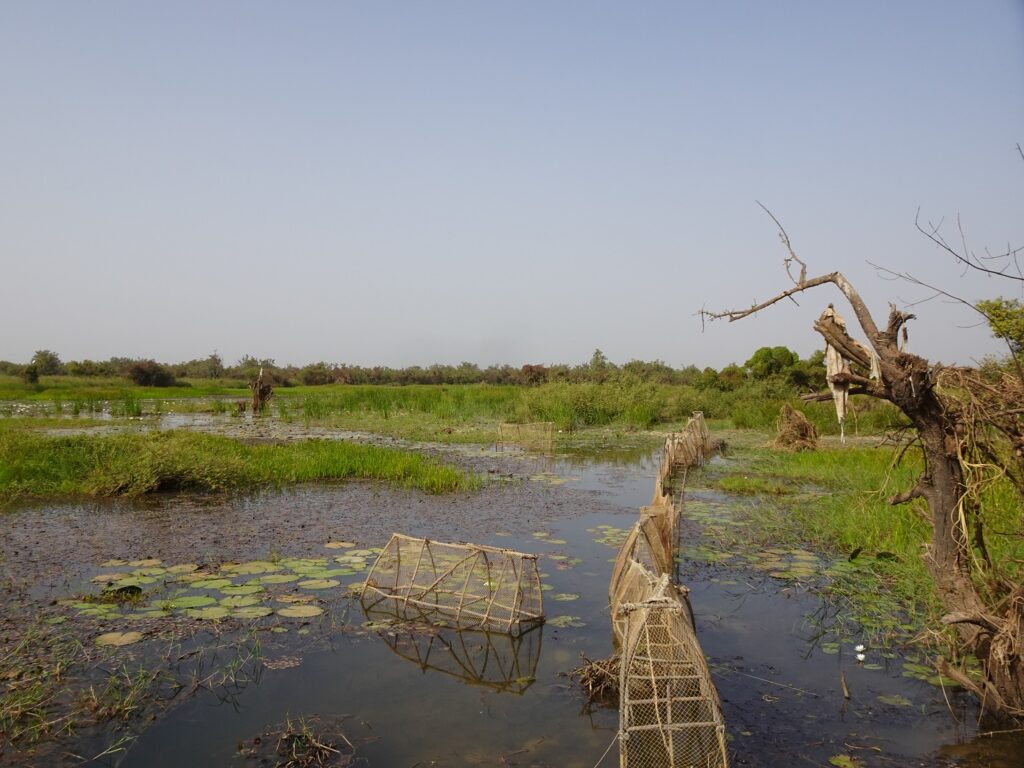
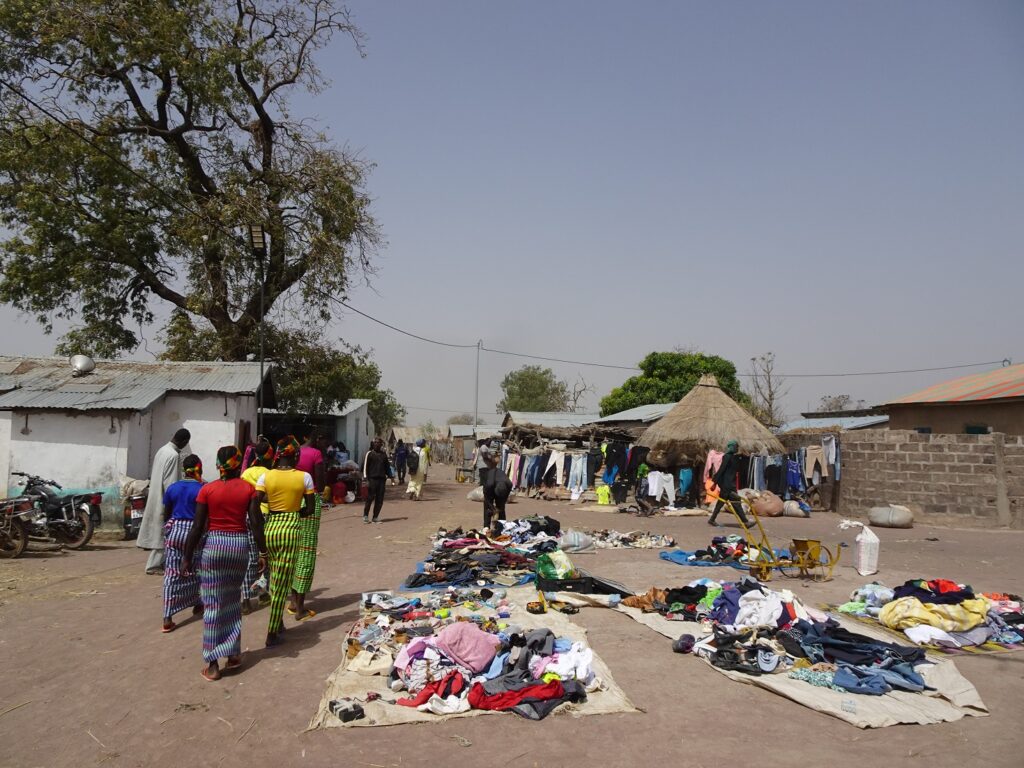
Otherwise, it’s fun just to walk around central Basse, try some street food at the market and check out some of the colonial warehouses by the riverside. There are also some pretty wetlands east of town along the road to Dampha Kunda.
If you really want to see the entire country, you can make your way further east to Fatoto or even to Koina. I visited both towns, and although there isn’t a lot to see, I had some nice chats with some of the locals, who were delighted to see a toubab so far east.
Day 14: The Way Back to the Coast
Considering how unreliable the public transport can be, you’ll have to schedule an entire day to make your way back to the coast from Basse. The fastest and likely most comfortable way would be to take a GTSC Bus in the morning, which should take about 7 hours to reach the coast.
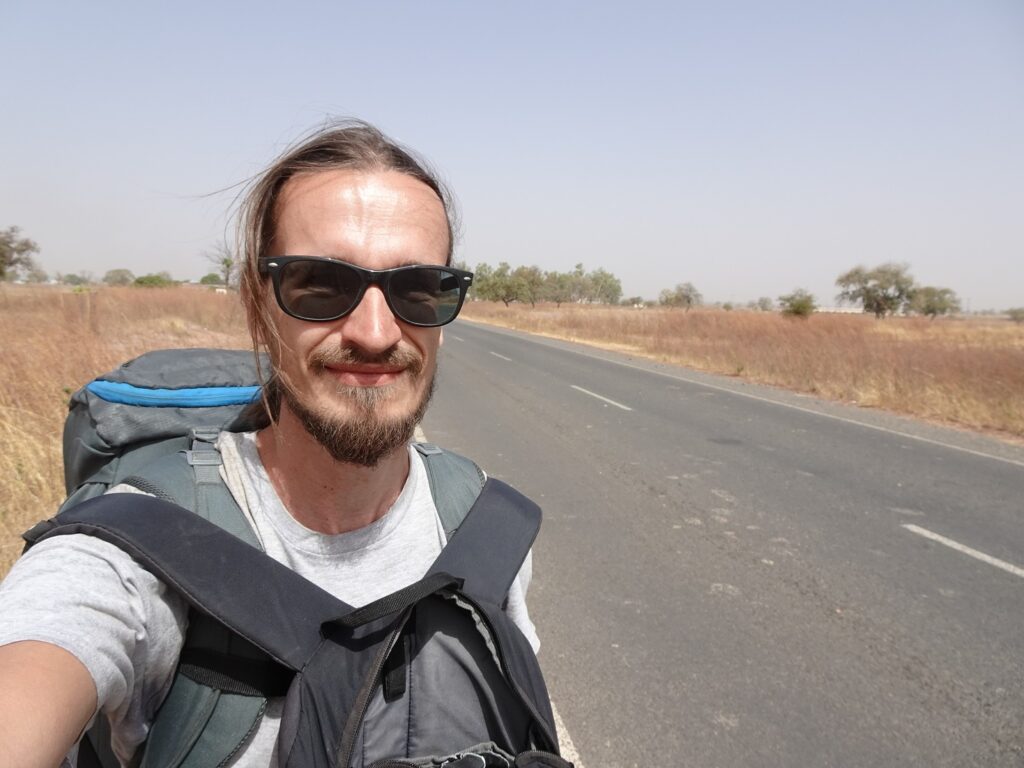
Personally, I continued from Basse to Senegal’s Haute Casamance Region and if you want to do the same, you’ll just have to take a tuk-tuk or motorcycle taxi to the border crossing at Sabi, where you can walk across the no-man’s land between the countries and then find some onward transportation to Vélingara, once you’re in the Senegal.
Once there, you can make your way via Diaoube, Kolda and Sedhiou to Ziguinchor and the beautiful Basse Casamance Region.
The Gambia Itinerary Map
All of the stops in my itinerary can be found in this map of the country.
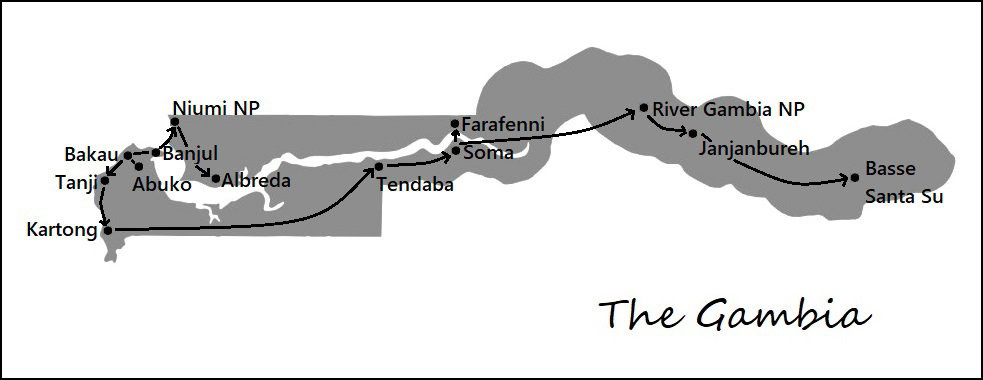
How to Get Around in the Gambia
There are several forms of public transport with varying levels of speed and comfort. The GTSC buses and bush taxis are the fastest options, while gelly-gellys (shared minibus taxis) are good for short distances.
See my backpacking guide to the country for more detailed info on the various options.
See Also
The Best Areas to Stay in The Gambia
